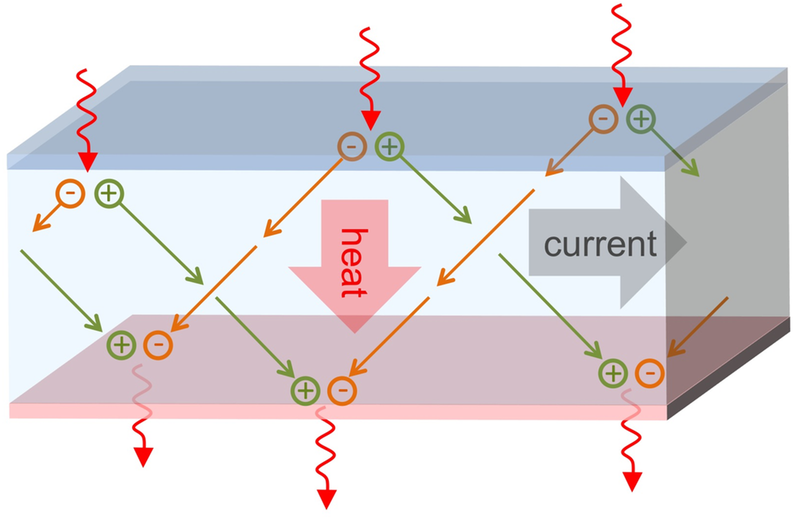How Long Does It Take for Boiling Water to Cool: Factors, Insights, and Experiments
When it comes to simple everyday phenomena, few things captivate our curiosity as effectively as the process of boiling water cooling down. Have you ever wondered just how long it takes for boiling water to reach a comfortable temperature for consumption? This article delves into the factors that influence the cooling rate of boiling water, provides insights into the underlying science, and even explores some engaging experiments related to this topic.
I. The Physics Behind Cooling
Understanding the physics behind cooling is essential to comprehending the time it takes for boiling water to cool. The primary mechanism at play here is convection, where heat is transferred from the hot water to the surrounding air. As the water molecules lose energy, they slow down, causing the temperature to drop.

The Physics Behind Cooling
II. Factors Influencing Cooling Time
Several factors impact the rate at which boiling water cools down:
1. Initial Temperature: The hotter the water is to begin with, the longer it will take to cool. Water at a higher initial temperature has more thermal energy to lose before reaching a specific target temperature.
2. Surface Area: The larger the surface area of the water exposed to the air, the faster the cooling process. This is why using a wide, shallow container leads to quicker cooling compared to using a tall, narrow one.

Surface Area
3. Ambient Temperature: The temperature of the surrounding environment plays a crucial role. Boiling water cools faster in a colder room compared to a warmer one.
4. Humidity: High humidity levels can slow down the cooling process, as the air becomes saturated with moisture and can't absorb more heat efficiently.
III. Newton's Law of Cooling
Mathematically, the cooling of boiling water can be described by Newton's Law of Cooling. This law states that the rate of temperature change of an object is directly proportional to the temperature difference between the object and its surroundings. In simpler terms, the greater the temperature difference, the faster the cooling.
IV. Practical Experiments
Curiosity often leads to experimentation. Here are a couple of simple experiments you can try at home to observe the cooling of boiling water:
1. Time-Based Experiment: Boil a specific amount of water and record the time it takes to cool down to a certain temperature. Repeat this process with different initial water temperatures and compare the results.
2. Container Comparison: Take two containers, one wide and shallow, and the other tall and narrow. Boil water and pour equal amounts into both. Measure and compare the cooling times to see how surface area affects cooling.
V. Applications in Daily Life
The understanding of how long boiling water takes to cool has practical applications in various aspects of daily life:
1. Cooking: Knowing how long it takes for boiling water to cool can aid in timing cooking processes that involve blanching or shocking vegetables.
2. Safety: Awareness of cooling times can prevent burns or scalds caused by impatiently consuming hot liquids.

Prevent burns
3. Energy Efficiency: In industrial settings, understanding cooling rates can help design systems that optimize energy consumption during cooling processes.
VI. Conclusion
Intriguing and often overlooked, the cooling of boiling water is a fundamental scientific phenomenon with numerous practical implications. By grasping the factors influencing the cooling time and the underlying physics, we gain valuable insights into the world around us. So, the next time you boil water, take a moment to appreciate the intricate dance between heat, time, and our everyday experiences.